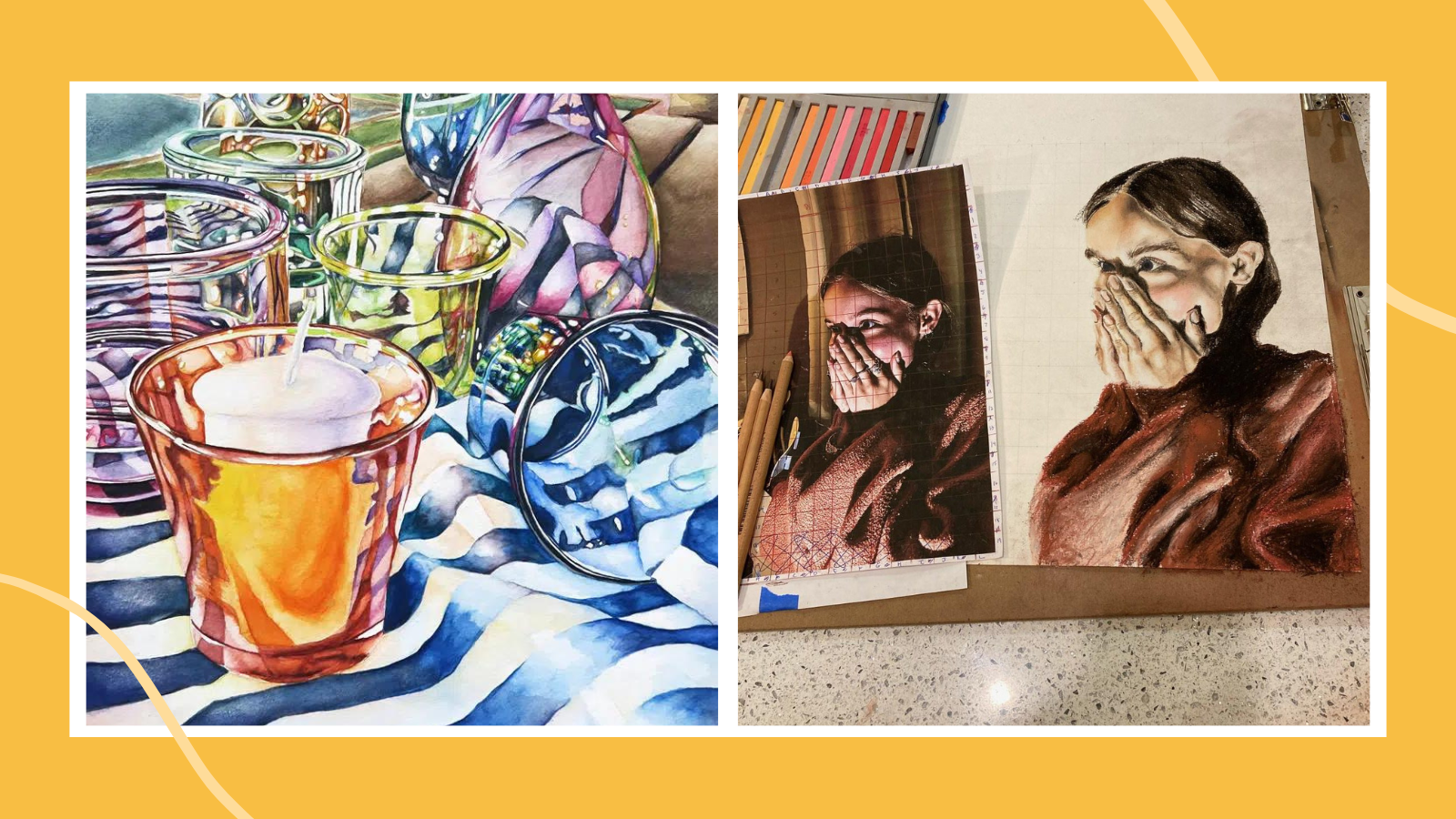

Creating an Advanced Placement (AP) art portfolio can be a challenging task for high school students. But it’s also an exciting opportunity to show off their talents. It requires creativity, planning, and a thorough understanding of the requirements set by the College Board. AP art students are typically passionate about art and design, but they’re also often overwhelmed by the portfolio’s complexity. Read on to learn more about the College Board’s current portfolio requirements and scoring criteria, as well as to get tips for creating portfolios, examples of high-scoring AP art portfolios, and insights from the students who created them.
The current version of the Advanced Placement (AP) Art and Design Portfolio consists of two sections: Sustained Investigation (60% of total score) and Selected Works (40% of total score). While the previous version required 24 artworks, the current one requires just 15. Until recently, there was a breadth section that demonstrated student range and provided an opportunity for working with different mediums. The intent with Sustained Investigation is to demonstrate practice, experimentation, and revision through a number of images that seek to answer an inquiry chosen by the artist. While students can submit solely finished artworks, they can also include revision and process images as seen with many AP art portfolio examples. The Selected Works portion consists of five high-quality artworks.
There is also a writing requirement, which includes an artist statement of 1,200 words split into two 600-word sections. Additionally, artists have 100 characters to explain the process behind each work and 100 characters to explain the materials used.
While there have been changes to the AP art portfolio requirements in recent years, older, successful portfolios still provide valuable insights.
The portfolio, which can be 2D, 3D, or drawing, is submitted digitally and scored from 5 (extremely well qualified) to 1 (no recommendation). A score of 4 is considered well qualified, a score of 3 is qualified, and a score of 2 is possibly qualified. Previous versions of the AP portfolio scoring had different ranges and went up to a high score of 6. A portfolio provides students the opportunity to earn college credit while showing off their talent. The collection of finished artworks and images should demonstrate students’ grasp of design and art concepts while also showing the full range of their abilities. A student’s portfolio should definitely show relationships between materials, processes, and ideas. It will also include written evidence of these things. Check out our tips and AP art portfolio examples before getting started.
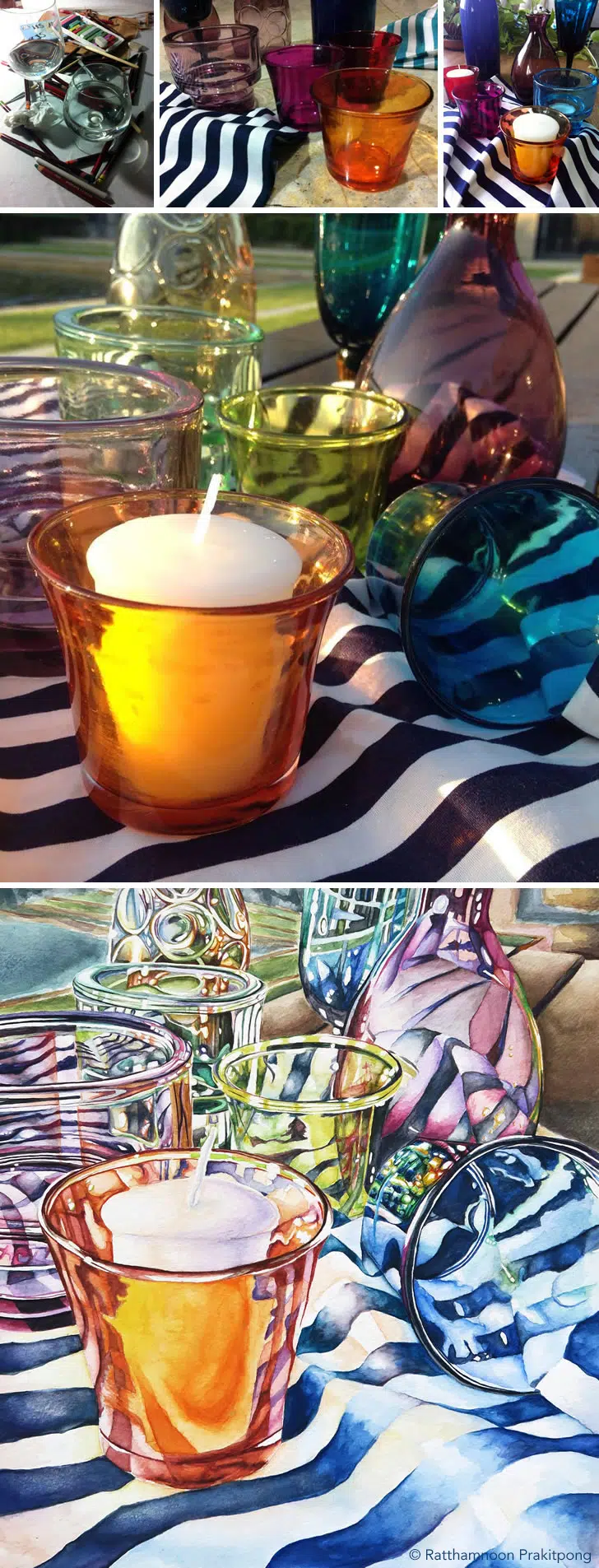
A perfect score on the AP Art Portfolio is very rare but not completely unattainable. Although difficult, student Ratthamnoon Prakitpong earned every possible point in the different sections of his drawing portfolio. Prakitpong gives loads of good advice while providing examples, including before-and-after examples of different artwork. He also recommends drawing inspiration from unexpected places.
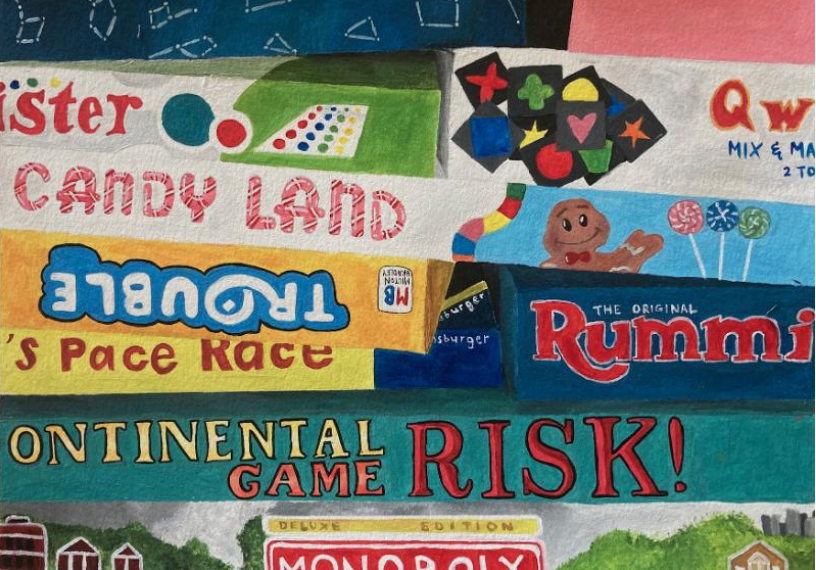


Once student Alina Rhoadarmer chose childhood memories as the theme for her AP art portfolio, she was able to set out creating a wide variety of artworks that fit that topic. Rhoadarmer explained, “I was constantly developing and redeveloping my question and reinterpreting my topic to create new art pieces.”
ADVERTISEMENT




These images are from a perfect score AP 2D Art and Design portfolio. This artist explores the animal world through photography. As with any good AP art portfolio examples, there is a clear mastery of the chosen medium as well as consistency in theme throughout the works.
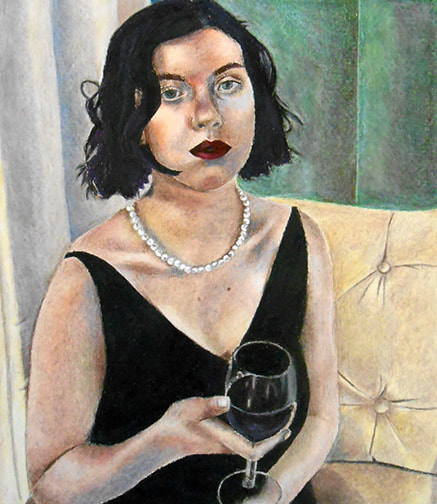 a woman from the waist up in a cocktail dress and pearls. (AP art portfolio examples)" width="437" height="504" />
a woman from the waist up in a cocktail dress and pearls. (AP art portfolio examples)" width="437" height="504" /> 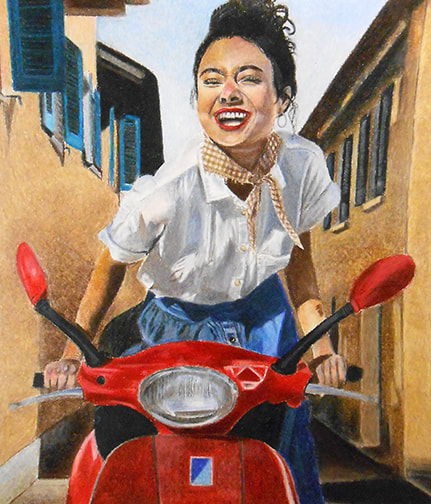
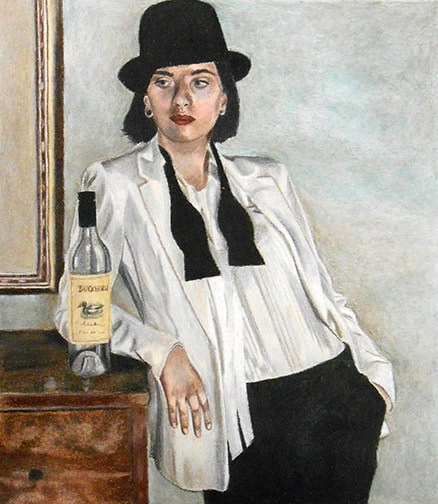

This Sustained Investigation is particularly effective since it not only explores gender but the expression of gender throughout different moments in the 20th century.
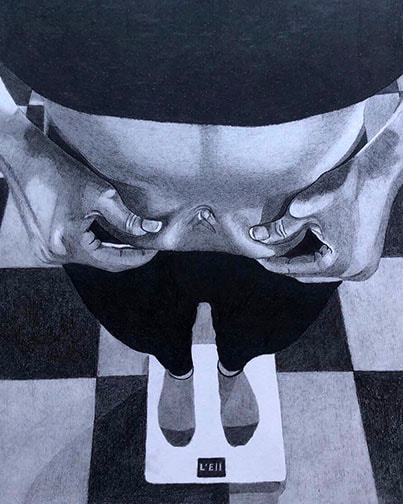
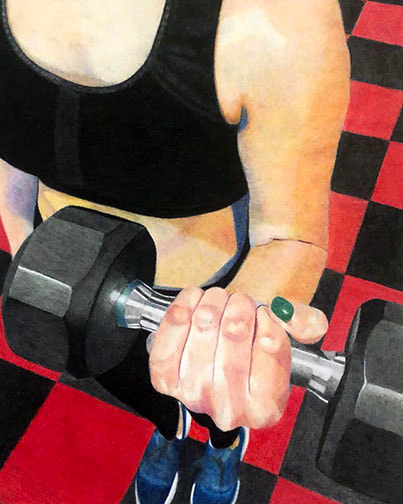
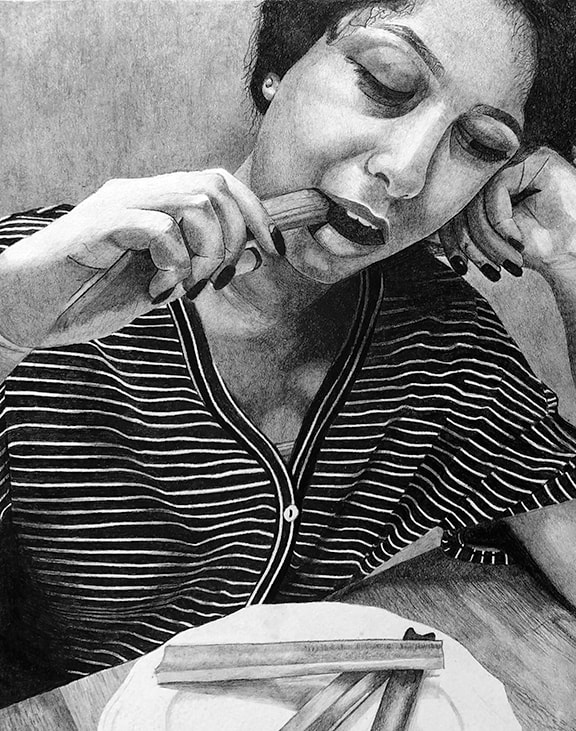
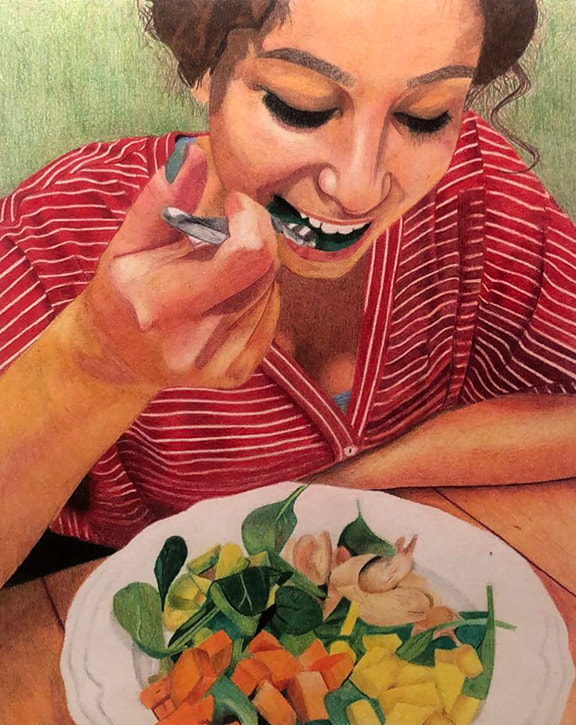
This artist explored the negative and positive consequences of social media on self-esteem. They used color to express positive effects while a lack of color clearly indicates the negative consequences.
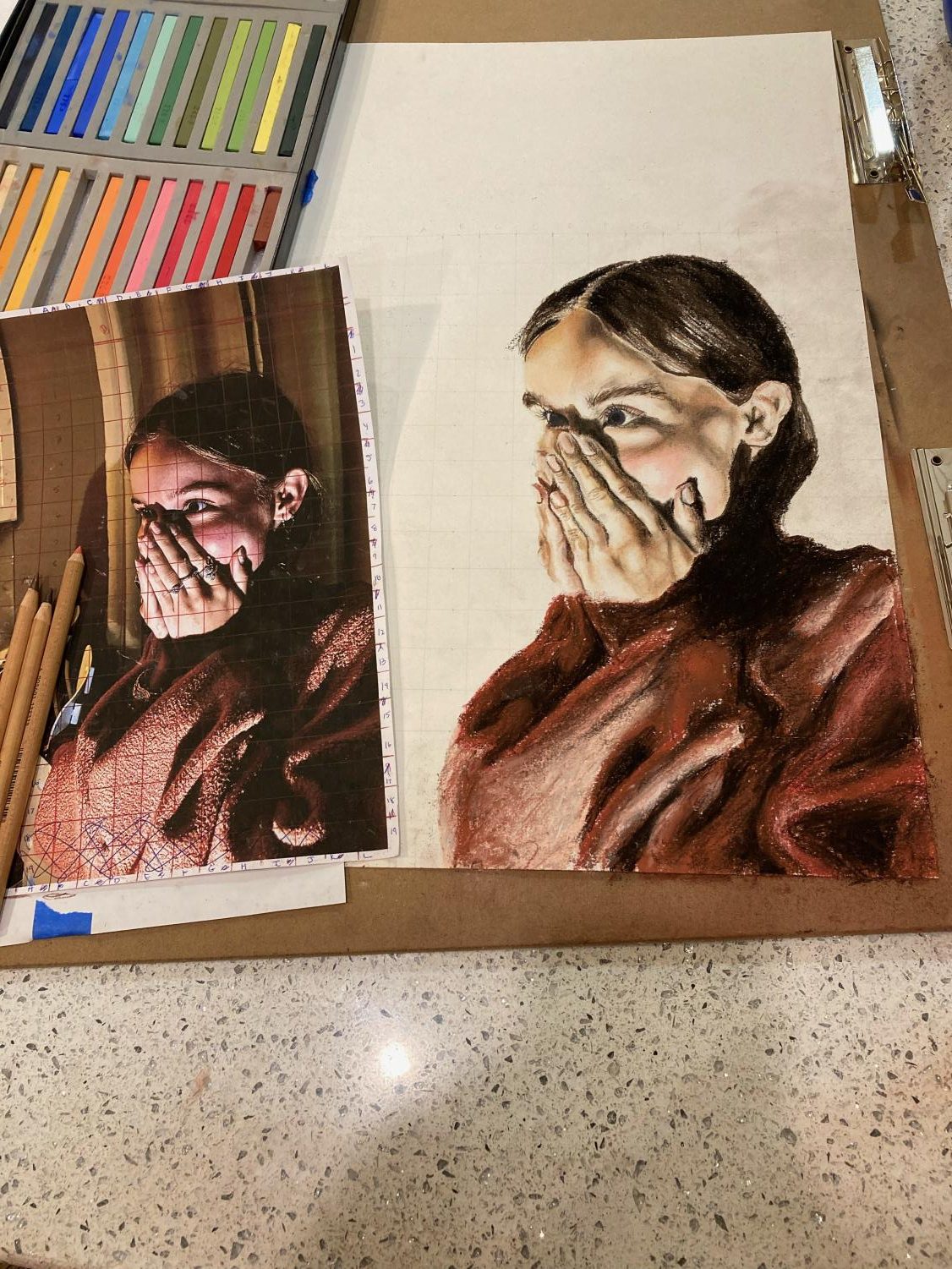
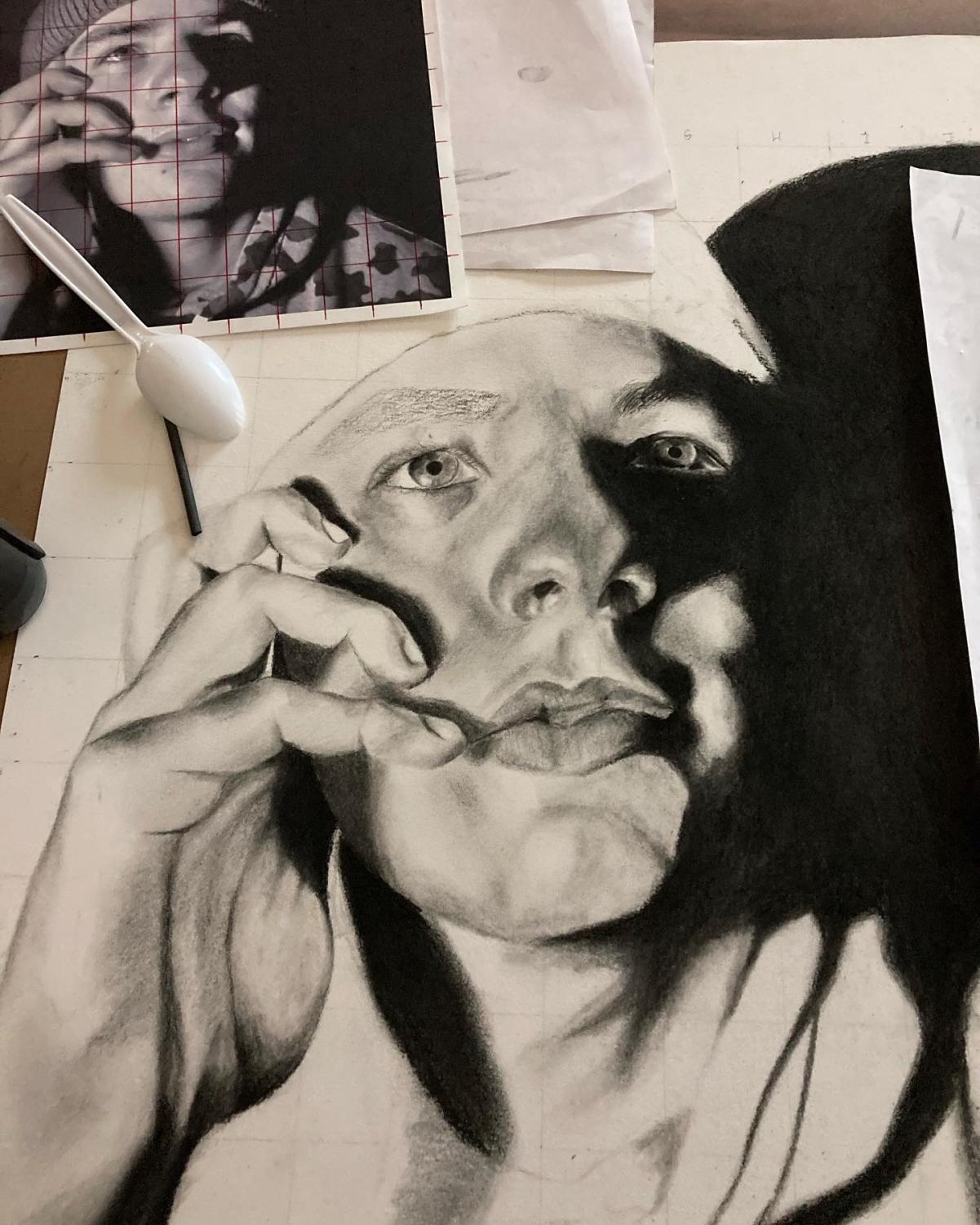
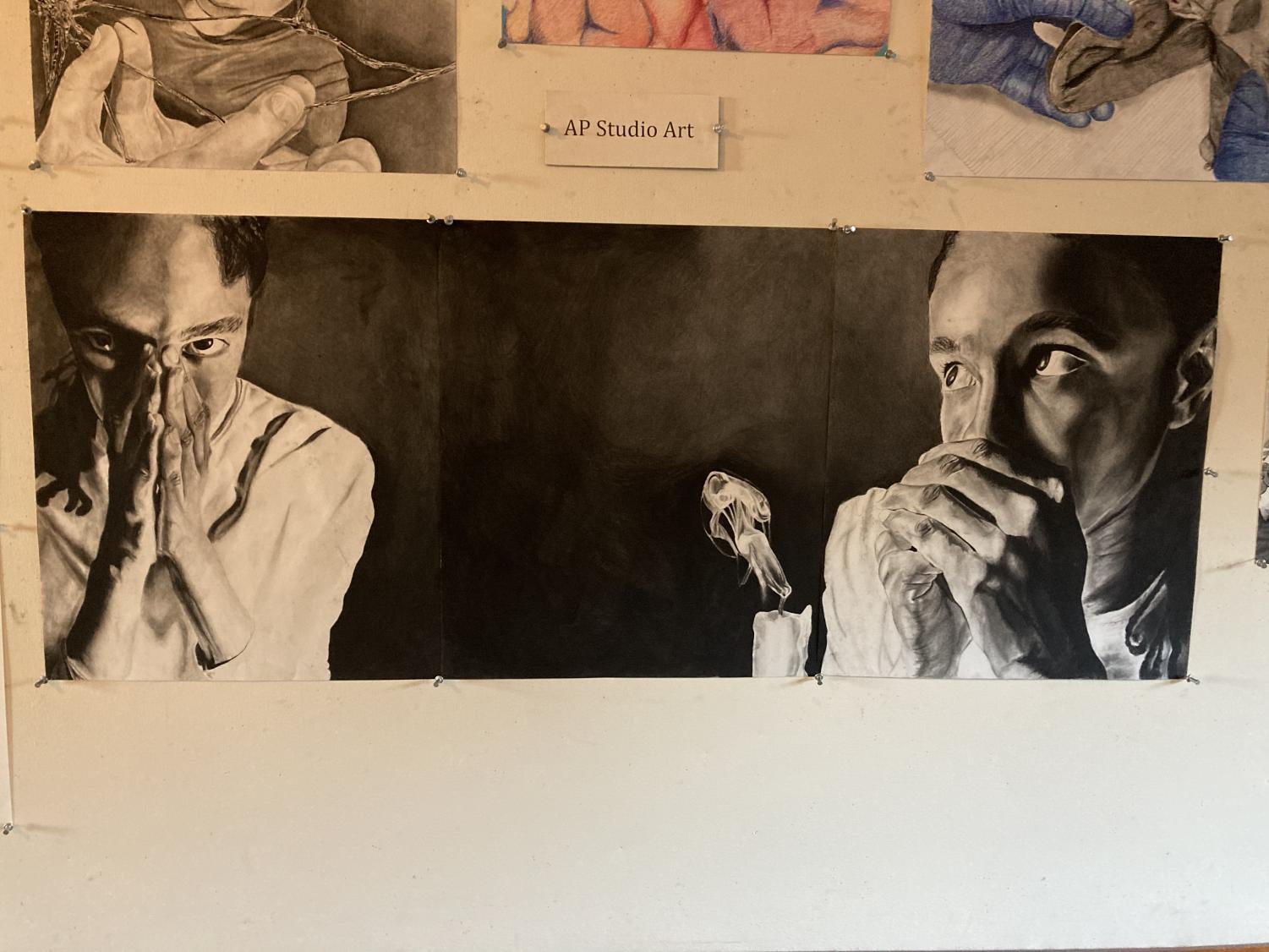
Artist/student Sophie Miller chose nonverbal communication for her Sustained Investigation so she could draw “with elevated contrast.” According to the artist, at least half of her drawing time was done during a free period or at home. Her theme is made undeniably clear through her drawings of people with intense facial expressions and hand gestures.

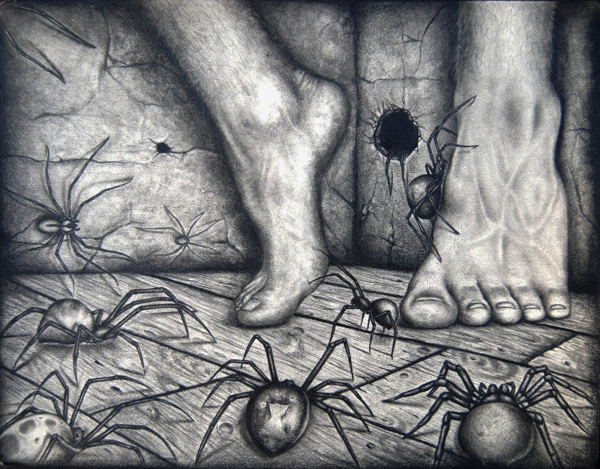
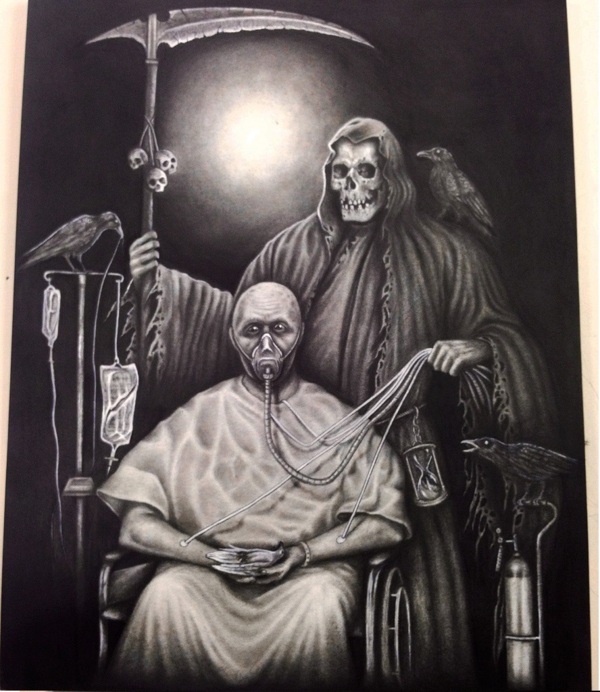
This artist chose a topic that certainly allowed for endless possibilities of subject matter. He showed his range by creating images that represented different phobias while utilizing different materials and mediums.
Seeing examples of high-scoring and well-flushed-out portfolios is helpful, but it can also be useful to see examples of what not to do. The AP College Board posts examples of low-scoring portfolios while including the rationale behind the scores. See below for some examples of portfolios that only scored a 1.
You can also find examples of complete portfolios that scored high on the 2022 portfolio exam as well as more scoring commentaries at the AP Central College Board website.